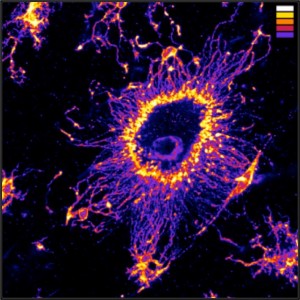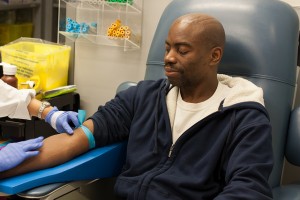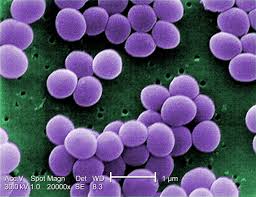Cutting, staining and imaging brain slices has been a vital technique to study the brain and its intricate structures. Lasse Dissing-Olesen, a researcher at the University of British Columbia, has produced a simple and effective approach that will allow researchers to view brain slices like never before. SNAPSHOT, as he termed it, literally gives you a picture of a brain slice at that moment in time, preserving its structure.
During an interview, Lasse described his unwavering interest of the brain’s immune system. Lasse talked about the immune cells of the brain called microglial cells and their multiple functions. Not only are these microglial cells responsible for defending the brain against virus, bacteria and injury, they play an important role in the maintenance of the brain’s neural connections. For Lasse, the prospect of studying the most complex immune system in the human body was just motivation in itself. And for this, he needed a way to image the brain such that he could preserve its morphology.

Here is an image of a microglial cell made possible with the SNAPSHOT method Source: Lasse Dissing-Olesen
Previous preserving methods forced researchers to freeze the brain slices which produced several problems. Firstly, as Lasse alluded to in the interview, freezing brain slices kills the tissue and so live tissue cannot be observed. In addition, freezing the brain slice distorts the structure of the brain because as you freeze it, the water molecules expand. SNAPSHOT provides a solution to this problem. In fact, Lasse does not freeze the brain slice at any point, allowing live, undistorted tissue to be observed.

Lasse uses this two-photon microscope in the lab to view the brain slices he has prepared with SNAPSHOT Source: Lasse Dissing-Olesen
The reason why Lasse’s method provides a clearer image is because of better antibody penetration. These antibodies are special proteins that attach to certain cells in the brain slice, for example microglial cells. Given that they have fluorescent markers attached to them, researchers can see these structures underneath a microscope. Since SNAPSHOT provide researchers with better antibody penetration, they will have a clearer picture of the microglial cells as well as other structures in the brain slice. Finally, as compared to other techniques, SNAPSHOT’s simplicity allows it to be completed in an afternoon at a very cheap price.
Since microglial cells are implicated in diseases such as Alzheimer’s, SNAPSHOT may allow researchers to further study how the microglial cells respond to the progression of this mysterious disease. In addition, Lasse talked about how he can mimic injuries such as strokes and then observe how the brain responds; this type of live imaging can help researchers learn much more about what goes on at a microscopic level during such injuries. To conclude, it’s important to note that SNAPSHOT is just one tool that will undoubtedly further the research in the field of neuroscience.
Here is a video illustrating how the SNAPSHOT method can be used to study different types of strokes:

Below is a podcast talking more about SNAPSHOT’s ability to study neurodegenerative disease:
– Gagandeep, Elice, Anne and Gurtaj










